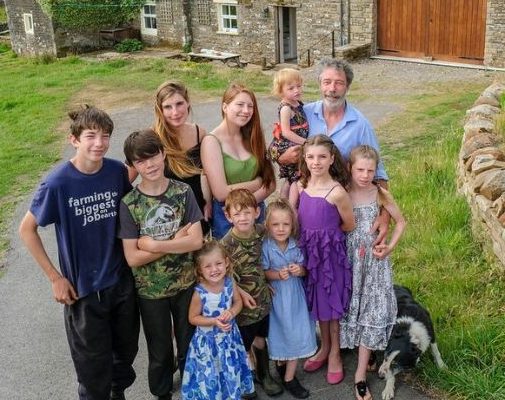It all began during one of those late-night conversations filled with exhaustion and little hope for change.
I vividly recall the scene: laundry towering in heaps, unwashed dishes scattered about, and three kids asleep on the couch. Over his second cup of coffee—reheated, no less—he casually proposed, “What if we just… left?”
I responded with a laugh, bewildered. “Left what exactly? The town? Our responsibilities? Life as we know it?”
The laughter soon faded, replaced by a thoughtful silence—not uncomfortable but filled with wonder. We began pondering: could we truly make such a leap?
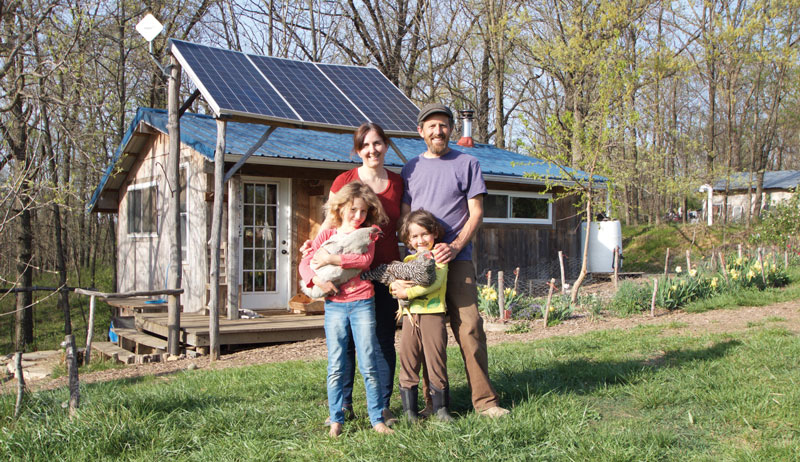
During fleeting nap times and after bedtime rituals, we delved into research—exploring land options, learning repair skills, studying how to cultivate food and live simply.
Our vision expanded: from owning a single acre to five, and eventually twenty-seven.
Gradually, the lifestyle we once knew no longer resonated with us.
Three full years passed before our dream materialized. Not due to sluggishness but because unraveling a lifetime of intertwined commitments takes considerable time—careers, education, family ties, and fears to overcome.
Key Insight: The most challenging hurdle was not mastering chainsaw use or composting toilets, but convincing ourselves to step off the relentless treadmill just because everyone else ran on it.
The property we settled on was far from perfect—rugged terrain dotted with rocks, a dilapidated barn mid-collapse, and a fence in disrepair.
Yet, it became ours.
Our inaugural night there featured only us and our children wrapped in sleeping bags. The only sounds were nature’s chorus—the croaks of frogs and the whisper of the wind. No sirens, neighbors, hums of appliances, or distant traffic noises disturbed the quiet at 3 a.m.
Tears welled silently in the darkness—tears mingled with joy, apprehension, and perhaps a hint of sorrow for the life we traded.
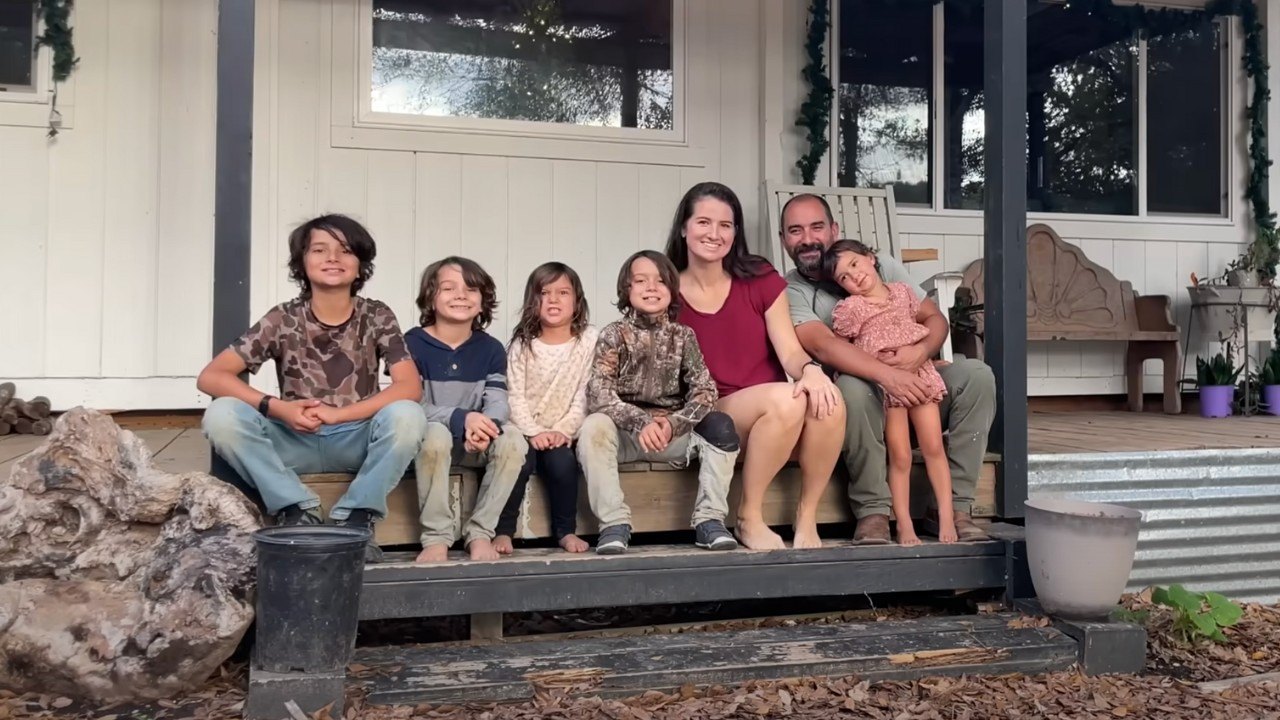
From scratch, we constructed everything ourselves. This included running rainwater through filtration systems, nurturing chickens, and digging protective trenches to prevent our tiny mobile home from being swept away by spring floods.
Our children fondly dubbed it “Camp Forever.”
Initially, it felt like a prolonged, enchanting getaway immersed in nature. But winter soon arrived, bringing challenges such as frozen pipes, persistent mice, and a chilling cold that seemed to hollow out our bones.
We endured tough discussions over the generator’s use, rationing supplies, and questioning if abandoning conventional life was a huge misstep.
Spring brought respite, vibrant wildflowers, renewed confidence, and a greenhouse we crafted from salvaged window panes and a spark of hope.
We taught the children the real art of gardening—not merely tossing seeds into soil but tending to them with care, listening attentively to the earth beneath.
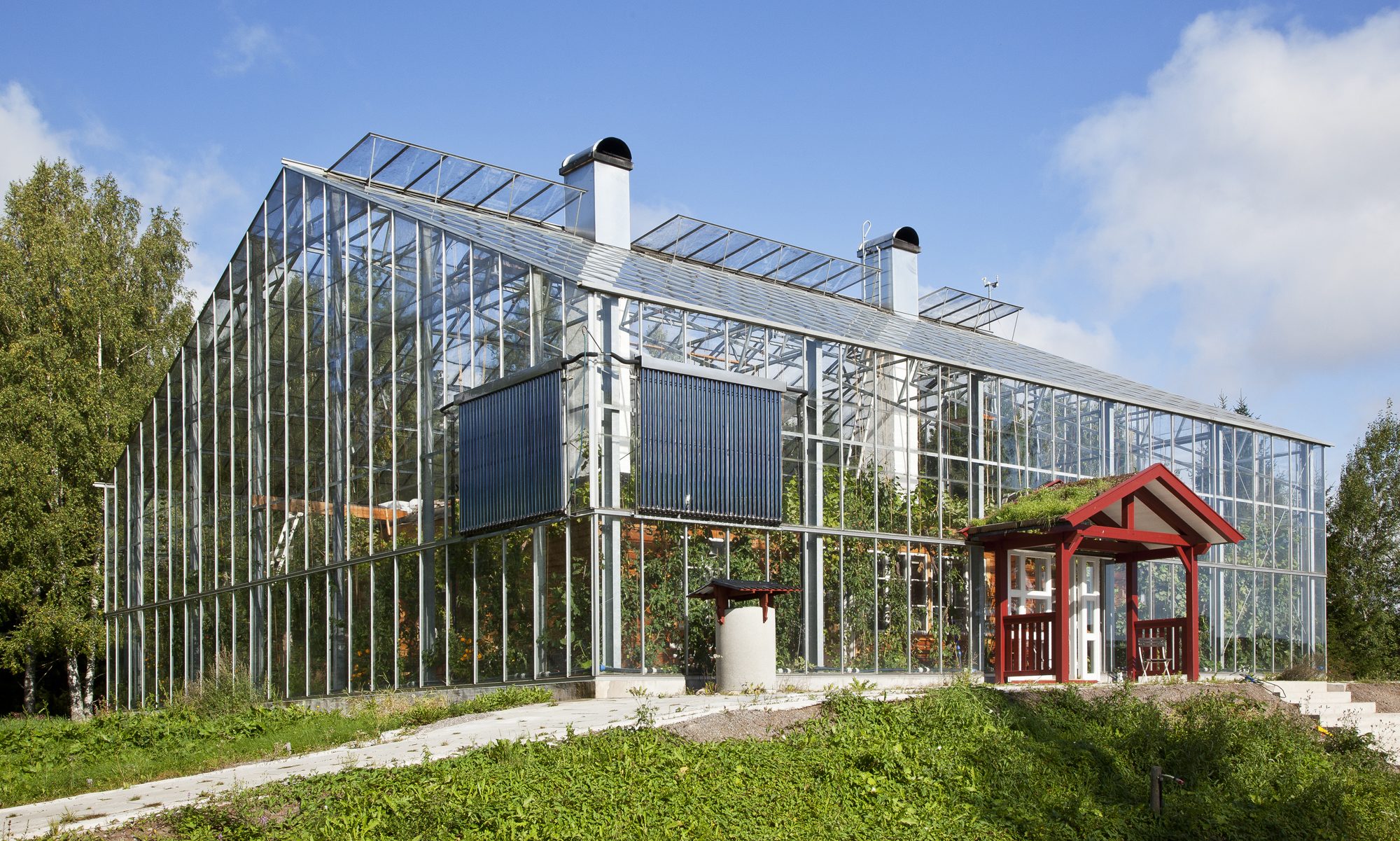
- The tomatoes received names, personalizing our bond with the garden.
- Daily routines shifted to harmonize with natural light instead of clocks.
- Coffee was brewed over open flames, reinforcing connection to our surroundings.
Friends and family from our past lives considered our move reckless.
“You moved into the wilderness with three kids? Are you sure this is safe?”
We simply smiled, knowing we were not just surviving — we were flourishing.
While our lifestyle wasn’t the dramatic, self-sufficient off-grid existence popularized in media, solar panels powered us, a satellite phone offered emergency contact, and a rickety truck carried us where needed.
Above all, we embraced intentional living.
An Unexpected Encounter Changed Everything
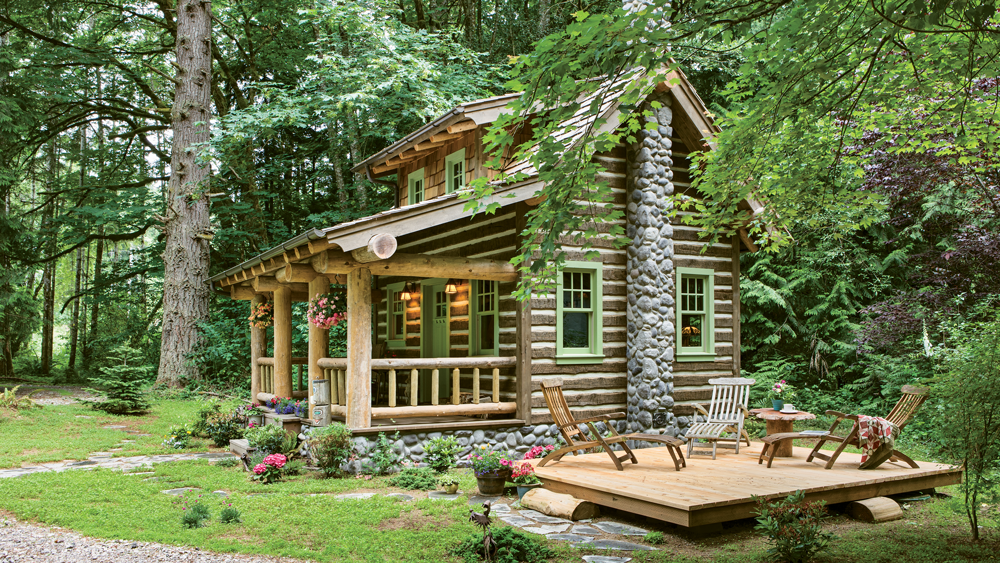
One summer evening, a suited man arrived unexpectedly in a black SUV—something we hadn’t seen in ages.
While I chopped carrots, my husband met the visitor.
The man, who introduced himself as Mark, explained he was part of a documentary team showcasing stories of
